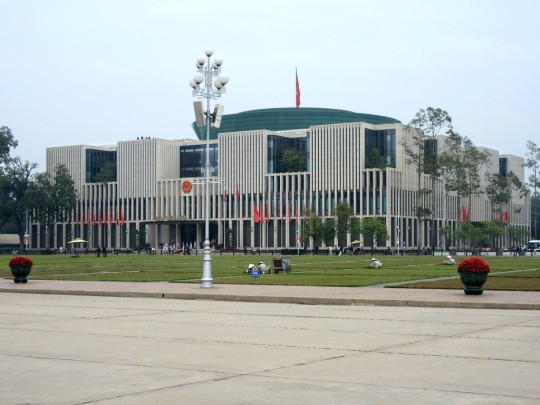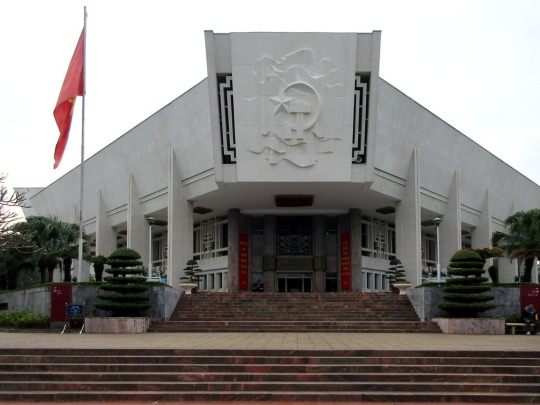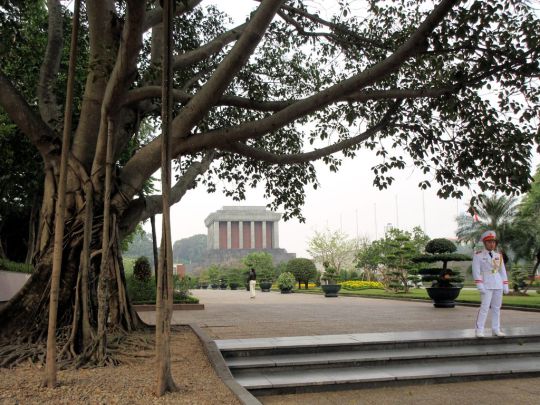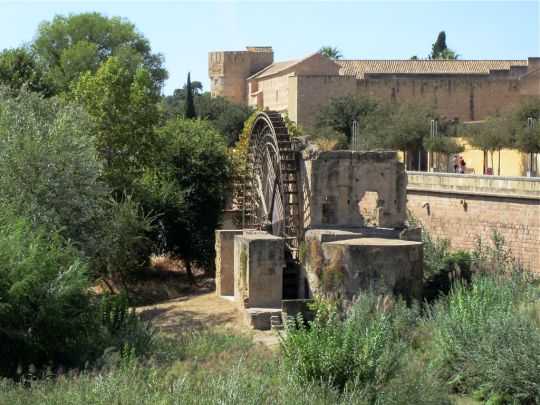David Stanley has authored guidebooks for Lonely Planet and Moon Handbooks. He has seen every country in the world and visited all but one.
Last active 60 minutes ago
Don't wanna be here? Send us removal request.
Text

The Hanoi City People's Committee facing Hoan Kiem Lake in Hanoi, Vietnam, bears a portrait of Ho Chi Minh.
1 note
·
View note
Text

A small private art gallery near the Vietnam National Fine Arts Museum in Hanoi has a colorful collection on display.
2 notes
·
View notes
Text

A huge drum is beside the fifth courtyard of the Temple of Literature in Hanoi, Vietnam. Founded in 1070, this complex was Vietnam's first Confucian university.
2 notes
·
View notes
Text

These girls were celebrating Lunar New Year at the Temple of Literature in Hanoi, Vietnam.
1 note
·
View note
Text

The Khue Van Pavilion (1805) is between the second and third courtyards of the Temple of Literature in Hanoi, Vietnam.
2 notes
·
View notes
Text

The Temple of Literature in Hanoi was Vietnam's first university. For 900 years it educated royalty, mandarins, and other scholars in Confucianism.
1 note
·
View note
Text

The Flag Tower (1812) was once an observation post of the Hanoi Citadel, Vietnam. Today it's part of an army museum.
1 note
·
View note
Text

The massive Vietnam National Assembly Building (2014) in Hanoi, Vietnam, was designed by a German company.
1 note
·
View note
Text

The Ho Chi Minh Museum (1990) in Hanoi, Vietnam, was built in the shape of a lotus flower.
3 notes
·
View notes
Text

The 11th century Dien Huu Temple next to the One Pillar Pagoda in Hanoi, Vietnam, was rebuilt in 1955 after its destruction by the French.
1 note
·
View note
Text

The One Pillar Pagoda or Lotus Platform (1049) in Hanoi, Vietnam, was built by Emperor Lý Thái Tông to express his gratitude on the birth of a son.
2 notes
·
View notes
Text

The embalmed body of Ho Chi Mihn (1890-1969) is kept in this mausoleum (1975) on Ba Ðình Square in Hanoi, Vietnam.
2 notes
·
View notes
Text

The Torre de la Calahorra was built under the 12th century Almohad caliphate to defend the entrance to the Córdoba, Spain, via the Roman bridge. After the Christian conquest in 1236 the tower was strengthened.
7 notes
·
View notes
Text

The 1st century BC Puente Romano over the Guadalquivir River at Córdoba, Spain, was rebuilt in the 8th century under Umayyad rule. For 2,000 years right up until 1953 this was the only bridge to cross the river at Córdoba.
17 notes
·
View notes
Text

The Guadalquivir River passes through Córdoba, Spain, on its way to Seville and the Atlantic Ocean.
2 notes
·
View notes
Text

The Molino de la Albolafia is a medieval noria or waterwheel used since Islamic times to supply the gardens of Córdoba, Spain, with water from the Guadalquivir River.
3 notes
·
View notes
Text

The 15th century Torre de Guadalcabrillas was a watchtower overlooking the Guadalquivir River at Córdoba, Spain. It was erected after the Christian conquest to protect the nearby Alcázar against Moorish incursions.
3 notes
·
View notes